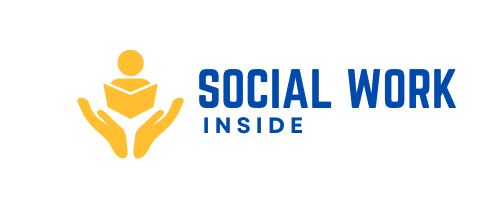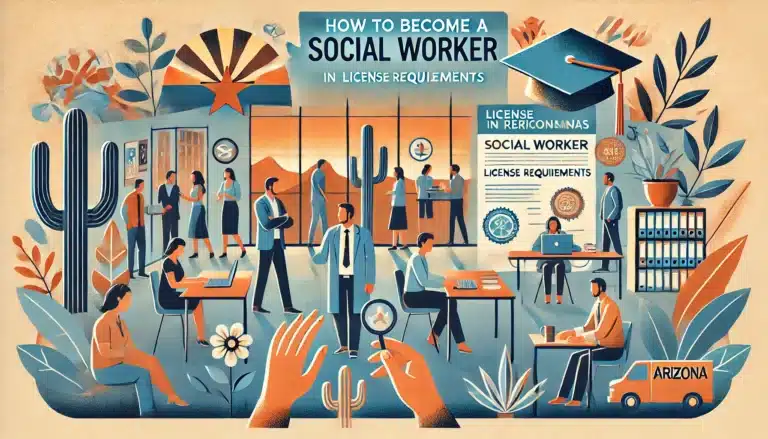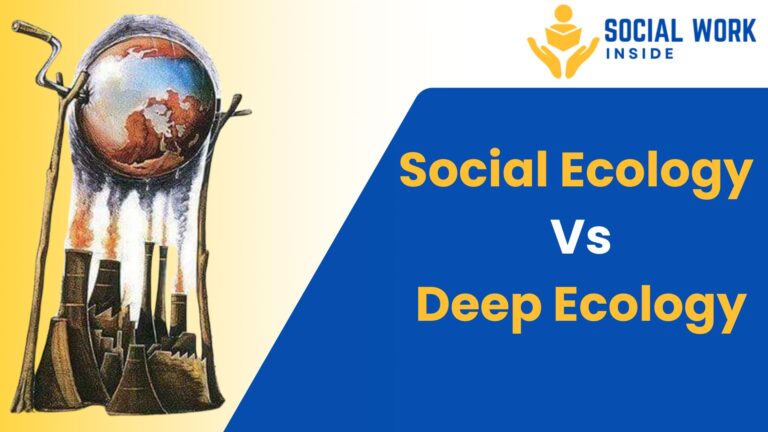Rational Choice Theory Explained: Key Concepts & Assumptions
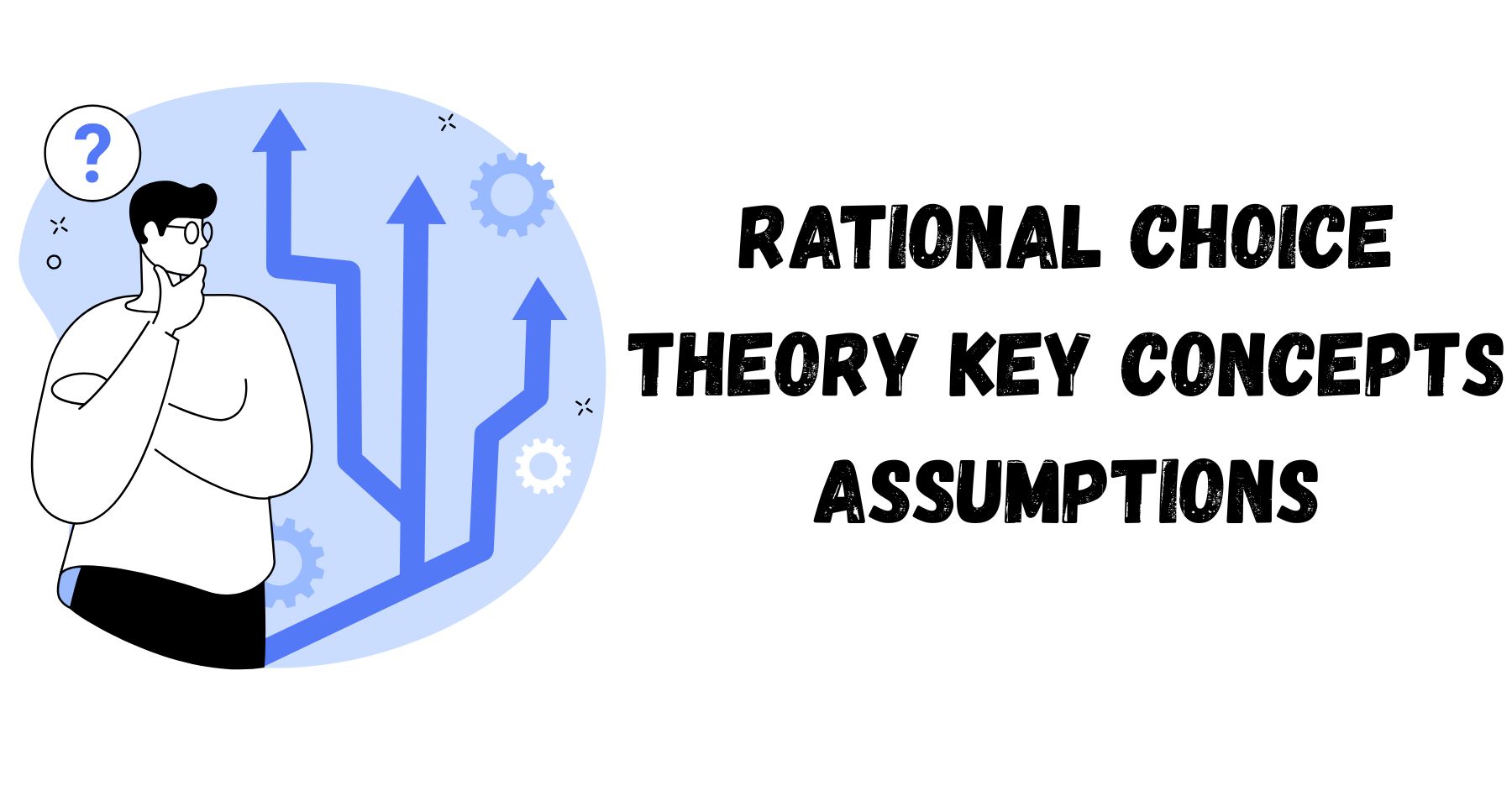
Hey There! Let’s Talk About Choices
Have you ever thought about why you choose one thing over another? Maybe you picked pizza over a burger. Or decided to study instead of watching TV. That’s decision-making in action! This blog is all about Rational Choice Theory a smart way to understand how and why we make choices. We’re going to keep it simple, clear, and maybe even a little fun.
| Topic | Details |
|---|---|
| What it is | A theory about how people make logical decisions |
| Used in | Economics, politics, sociology, and psychology |
| Main idea | People choose what gives them the most benefit |
| Assumptions | Rational thinking, preferences, utility, consistency |
What Is Rational Choice Theory?
Rational Choice Theory is like a thinking tool. It helps explain how people decide what to do by asking:
“What’s best for me right now?”
The theory says that:
People weigh the costs and benefits of each option and then choose the one that gives the most value or benefit (called “utility”).
This idea is popular in:
- Politics (Why do people vote?)
- Economics (Why do people buy certain products?)
- Sociology (Why do people act a certain way?)
- Psychology (What motivates behavior?)
Core Framework of Rational Choice Theory

Let’s break down the main pieces of this theory:
| Component | What It Means |
|---|---|
| Actors | The people making the decisions |
| Preferences | What they like or want more |
| Alternatives | The options they can choose from |
| Outcomes | What happens after the choice |
| Costs & Benefits | What they lose or gain from each option |
Pretty cool, right? It’s like solving a puzzle where every piece helps explain your next move.
What Is the Main Component?
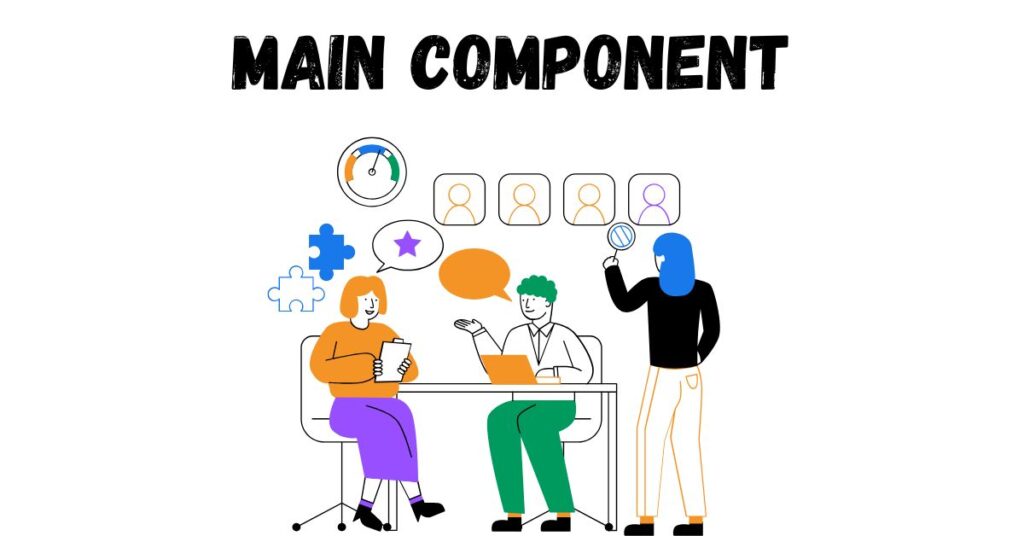
The most important part of Rational Choice Theory is something called utility.
What Is Utility?
Utility just means the benefit or value you get from something.
Imagine you have $10. Would you spend it on a movie or a new book?
You’ll choose the one that gives you the most satisfaction. That’s utility in action.
Main Assumptions of Rational Choice Theory
For the theory to work, we assume a few basic things:
- People think logically.
They don’t just guess they compare. - People know what they want.
They have clear preferences. - People understand the options.
They can compare costs and rewards. - People want to get the most value.
That’s called maximizing utility. - People are consistent.
They don’t change their minds without a reason.
Real-Life Examples: This Theory in Action
Here’s how Rational Choice Theory shows up in everyday life:
| Situation | Rational Choice in Action |
|---|---|
| Picking lunch | You choose the tastiest or healthiest option |
| Choosing a school | You compare cost, location, and programs |
| Voting in elections | You vote for who you believe will help your goals |
| Accepting a job | You balance pay, distance, and work happiness |
| Buying something | You choose based on price and quality |
Difference Between Rational and Emotional Choices
| Feature | Rational Choice Theory | Emotional Choices |
|---|---|---|
| Driven by | Logic and reason | Feelings and emotions |
| Based on | Costs and benefits | Mood or impulse |
| Example | Saving money | Buying on a whim |
| Focus | Best outcome | Immediate feeling |
This helps show where Rational Choice works and where other factors come into play.
A Quick Intro to General Choice Theory
Rational Choice Theory is part of a bigger idea called Choice Theory.
There’s another version created by psychologist William Glasser, which says:
People make choices to satisfy 5 basic needs:
- Survival
- Love and belonging
- Power
- Freedom
- Fun
This shows us that not all choices are based only on logic emotions matter too.
Limitations: When the Theory Doesn’t Work

No theory is perfect. Here’s what Rational Choice Theory might miss:
- People don’t always act rationally.
- Emotions and habits affect decisions.
- Not everyone has all the info.
- Social pressure can change choices.
So while this theory explains a lot, it’s not the whole story.
Bonus: How to Apply This in School or Life
- Use cost-benefit thinking before spending money.
- Think about your goals before choosing a new hobby or course.
- Ask: “What’s the smartest option for me right now?”
The more you practice this way of thinking, the better your decisions become!
FAQs
What is Rational Choice Theory in simple words?
It’s the idea that people choose what benefits them the most after comparing all options.
Why is it important?
It helps explain how people act in business, politics, or daily life.
Is everyone always rational?
Nope! Emotions, habits, and peer pressure can affect decisions too.
Where is this theory used?
In economics, sociology, politics, psychology, and more.
Rational Choice Theory gives us a helpful way to understand why we do what we do. It shows that smart choices often lead to better outcomes—but it also reminds us that life is more than just logic.
Sometimes our best decisions come from a mix of both heart and mind.
So next time you make a choice, think:
“What’s best for me and why?”
